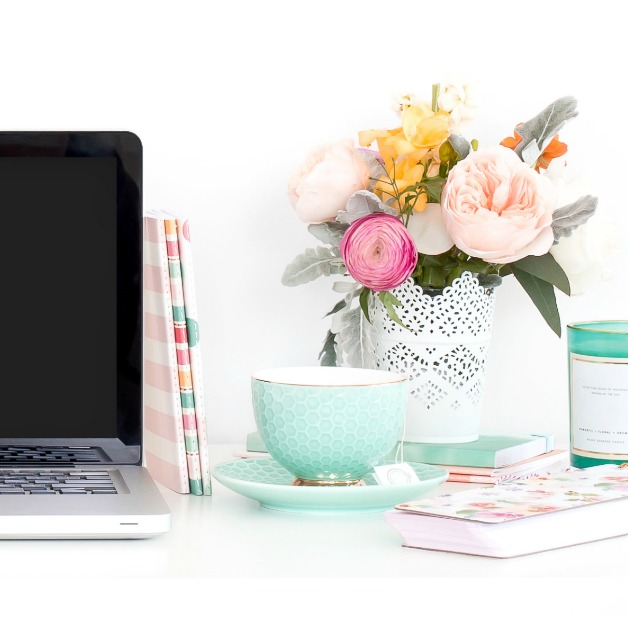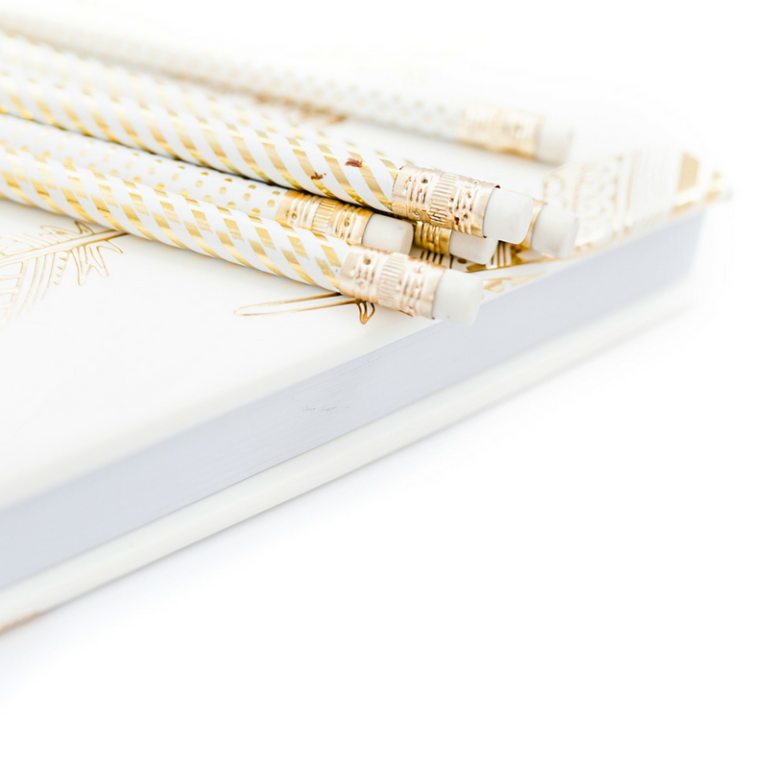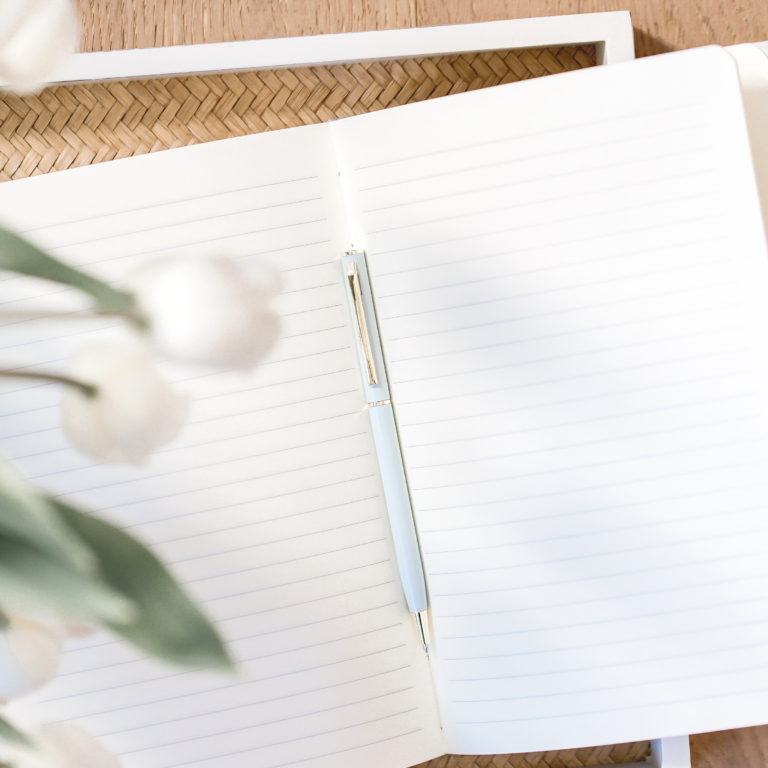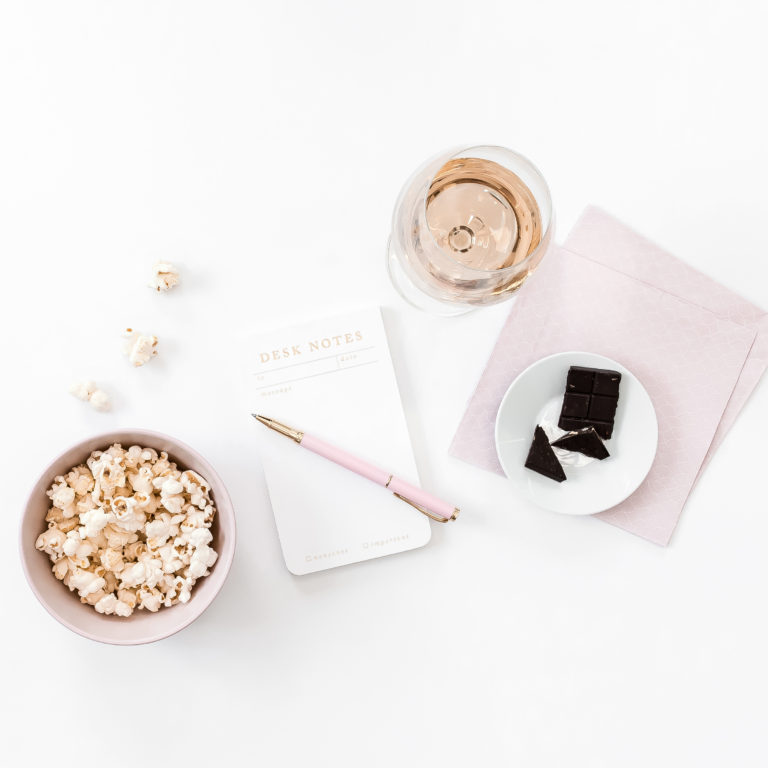The Essential Packing List for Camping with Kids: Don’t Wait to Get Outside with Your Family
Way back when my husband and I first got married, we lived in Phoenix. Summers can be pretty unbearably hot in the Valley of the Sun, so we would leave town as often as possible to camp in higher elevations! We loved camping in Flagstaff, and it was so nice to get a break from the heat.
When our kids were born, we took a pretty long break from camping. I still remember the first trip we took when my oldest was around one and a half. We loaded up the car, met up with a friend and drove ourselves to Uwharrie National Forest (about an hour and a half from our house).
We’ve learned a lot since then and now know the ins and outs of camping with older kids as well as toddlers! Are you ready to take your family camping? Don’t find yourself in the middle of the woods without the necessities! This handy packing list for camping with kids will help you make sure you don’t forget anything critical.

Note: These are NOT affiliate links. I just really like REI. 🙂
What should I bring for camping?
It’s very important to have the proper gear for camping. Investing in a few pieces of high quality camping gear will pay huge dividends. I have seen cheap tents flood, and nothing is more miserable than wet sleeping bags and soggy clothes. I have also spent many nights shivering in a too-light sleeping bag.
On the flip side, once you invest in some good gear for your family camping trip, it should last you for years. We occasionally still use the four season tent that my husband bought before we met over 15 year ago.
Ready to get started? This packing list for camping with kids contains everything you need – and a few things just for fun!
Tent
If you’re camping with kids, you’ll need a tent. This is key. Go with one tent that’s big enough for the whole family, or two smaller tents (one for the adults and one for the kids). We usually purchase our tents from REI. If you have store close by, you can probably see at least a few of the tents set up to get an idea of the size. REI employees are very knowledgeable and can help you pick a good tent if you’re new to camping. Our biggest tent is the REI Hobitat 6 (best tent name ever), which is no longer available but similar to the REI Grand Hut.
Venting is very important in a tent. Vents allow air to flow through the tent, which means you won’t bake during the summer. It also prevents condensation from building up on the tent during a storm.
It’s really nice to have a tent with two doors, especially if you have a larger tent. This means that you don’t have to step over as many people if you have to get up in the middle of the night.
Rain Fly
A tent will typically come with the tent itself and the rain fly. Some tents have a full rain fly, which covers the entire tent in waterproof material. A partial rain fly covers only part of the tent. Most larger tents have a partial rain fly. This works fine because the tent itself is made of waterproof material.
A full rain fly will keep you drier in heavy storms. It’s more wind resistant and offers better warmth. A partial rain fly, on the other hand, is much cooler in the summer.
Ground Cloth
You will also need a tent ground cloth. You can buy a ground cloth that pairs with your tent in most cases. This is the lightest, most durable option and it also packs down the smallest. You can also get paper that can be cut to shape from some outdoors stores, or buy a tarp or plastic from a home improvement store. The ground cloth keeps the moisture in the ground away from your tent.
A Word About Three season vs Four season Tents
You usually have a choice of three season or four season tents. Four season tents are meant to survive harsh conditions, like blizzards! I don’t like four season tents because they are made of thicker fabric and allow less air flow when the fly is on. Most people will only camp in relatively fair conditions, so a three-season tent is just fine!
Unless you’re planning to go backpacking (a higher level of difficulty), don’t worry about the tent’s weight or packed size. When I’m buying a tent, I check the reviews to see how watertight it is, how easy it is to set up and whether the doors work well. It’s also nice – but not essential – to have lots of storage pockets and a hook at the apex of the tent to hang a light.
Tarp or Other Shelter
In addition to your tent, you should also have a pop-up shelter or a tarp and some rope for rainy days. You can’t cook in your tent. Getting wet while you’re making and eating meals is no fun. A strategically placed tarp or pop-up will keep you dry when it’s raining, and your crew will have a dry place to hang out before bedtime.
Sleep
The other place not to skimp is SLEEP! Specifically, it’s important to have an appropriate sleeping bag. Again, REI is a great place to buy a sleeping bag because they have a ton of options and you can physically see all of them.
Sleeping bags
Mummy bags will keep you warmest because they reduce the amount of empty air inside the bag itself, so these are what we use for our everyday sleeping bags. Sleeping bags have a temperature rating that will tell you the minimum survivable temperature in the bag. Keep in mind that you will start to get pretty chilly well above that rating. I usually get cold at about 10-15 degrees warmer than my bag indicates. For example, I have a bag rated to 30 degrees but I start getting cold at 40 degrees air temperature.
You will also need a sleeping pad to provide a little padding. They also add warmth, keeping you away from the cold ground in colder months. We use inflatable pads (Thermarests). Many backpackers use ridge rests which are foam pads that you can roll up. If you have enough space, you can also just bring a couple of inflatable mattresses. This isn’t something we do but I’ve seen it many times!
Camping Gear for Kids
For kids, REI has awesome adjustable kids sleeping bags (REI Kindercone). You can cinch them down at your child’s feet so the bag grows as they do. Both of my girls have one. The kids use kid-sized, REI inflatable sleeping mats.
We also have a set of very warm bags that zip together. We bring these on very cold trips or warmer trips when we want to cuddle. Two kids and one adult could probably fit in these to be honest!
Eat
Of course, the BEST camp cooking is when you’re roasting marshmallows over the fire. But to make a serious meal, you’ll probably want something a bit more reliable.
Cooking Stove
When you’re cooking for a family camping trip, I highly recommend getting a two-burner camp stove. Our Coleman stove was a wedding present and it’s still going strong 14 years later. You can buy the gas it requires at most outdoor stores.
Utensils
Other than the stove, it’s helpful to have a camping pot or two (for boiling water) and a large griddle (pancakes! eggs! bacon! etc.). We typically use disposable plates, bowls and utensils but a set of camp bowls, plates and sporks will also do the trick.
Food
Here’s a list of our typical camping trip meals. We are super fancy!
Breakfast: Instant oatmeal (the kind in the paper packets), peanut butter & honey sandwiches, pancakes, eggs & bacon, coffee!
Dinner: Macaroni & cheese with tuna, Pastaroni with Tuna, burgers, brats, hot dogs, quesadillas, hamburger helper
Light
Light is important! It’s dark out there in the woods at night!
Lantern
Bring at least one camping lantern. It’s nice to have a large light source when you’re setting up camp at night, building a fire or cleaning up the site before bedtime. Any rechargable or battery-powered lamp is good. I do not recommend a gas-powered lantern since that shouldn’t be used in the tent.
Headlamps
Everyone over the age of about 4 should have a headlamp! Kids love them because what kid doesn’t enjoy blinding their parents? When you’re going to the bathroom or gathering sticks in the dark, you need a headlamp. A headlamp also throws a surprising amount of light inside the tent when you put it in a storage pocket or hang it from the top of your tent.
Hygiene & first aid
Bring all of the basic toiletries you’ll need. For adults, don’t forget your glasses if you wear contacts during the day! I’m blind as a bat and trying to go to the bathroom at a strange campground at 2 am without my glasses is pretty much my worst nightmare.
You should also pack a few basic baby medicines (like Tylenol) and a basic first aid kit (bandages, antibiotic cream, Benadryl, etc.) just in case.
Don’t forget diapers! Somehow I have forgotten to bring diapers on a camping trip once or twice. I’m still baffled by this.
Just for Fun
A few of the things on our family camping checklist are just for fun! My whole family loves to lounge in hammocks! We have two Eno hammocks and they are the best. We all pretty much fight over who gets hammock rights.
We also have a set of extendable metal forks for roasting marshmallows. To be honest, we scoffed at first. Who needs a fork when you have a sharp stick? But the roasted marshmallows do actually slide off the metal forks much easier than off of a rough stick so maybe it’s worth it.
Firewood isn’t required, but it sure is fun. What’s a camping trip without a good fire? Just be aware that you should not bring firewood in from another area. Purchase wood in the area you’re camping in to avoiding accidentally spreading invasive insects.
How do I prepare for a family camping trip?
You have your gear and you’re ready to camp! Right? Well.. not quite. What else do you need to do before your venture out on your first family camping trip? There are a couple of things you can do to prepare to make sure that everyone has a good experience!
Plan a Realistic First Trip
Start small when planning your first camping trip. Ideally, plan to go for just one or two nights the first time. You may not get much sleep – kids often rise with the light. If you start with something manageable, the kids will have time to slowly get used to camping!
It’s also ideal to stay close to home if you can. That way, you know that you can bail if something goes really wrong. And don’t try to rough it in crazy weather! Choose a weekend that looks good and if a storm comes up just reschedule. You want your kids to enjoy their first trip.
Talk about what to expect
Talk about the trip in advance so your kids know what to expect. Where will you be going? Will the campsite have toilets? Showers? People close by? What kinds of activities will you do during the day?
If your kids are school-aged, you can tell them a little about camping safety and campsite etequitte. For example, you should be quiet after dark so you don’t disturb other campers who are trying to sleep. Always leave the campsite looking as good as or better than you found it. No fires allowed outside of the fire ring. Store your food properly to prevent it from being eaten by wildlife.
Practice setting up the gear inside/in the backyard
Practice setting up your gear! This is so important! I still remember my friend’s boyfriend timing us while we set up the tent over and over before our first backpacking trip. I thought it was dumb at the time but he was right. If it’s raining when you’re setting up camp, you do not want to be struggling with the tent setup.
To save yourself that headache, set the tent up a few times in your backyard on a sunny day, or in your living room! Practice breaking it down quickly too. I’ve broken down camp in the rain more times than I can count.
Test your other gear as well. Make sure your kids still fit in their sleeping bags. One fall, we went camping only to find that our preschooler’s old sleeping bag barely went up to her belly button. Oops.
Make sure that your stove has fuel. Charge your lanterns, put fresh batteries in headlamps and bring extra batteries as well.
You might also like..
Where to get inexensive, quality outdoors gear
If you’re looking for high-quality outdoors gear for the whole family, you’ll quickly realize that it gets pretty expensive! I put together an exhaustive list of sources for discount outdoor gear in a post about winter gear! The same retailers have camping gear for all ages and you can usually get heavily discounted kids outdoor clothes at some of these places. Check it out!
How to keep track of your packing list
I use Trello for all of my packing checklists – camping and otherwise! It will help you stay organized and you can also share the list with your spouse – a huge win. This Trello mini-course has a couple of tutorials you might like, including one on making a packing list in Trello!
Camping with Your Family is a Great Experience – and not as Stressful as you Might Expect
When you use this family camping checklist, you’ll be sure to have all of the essentials! You can relax and enjoy the fun of watching your kids enjoy the outdoors. Soon they’ll love camping as much as you do!





